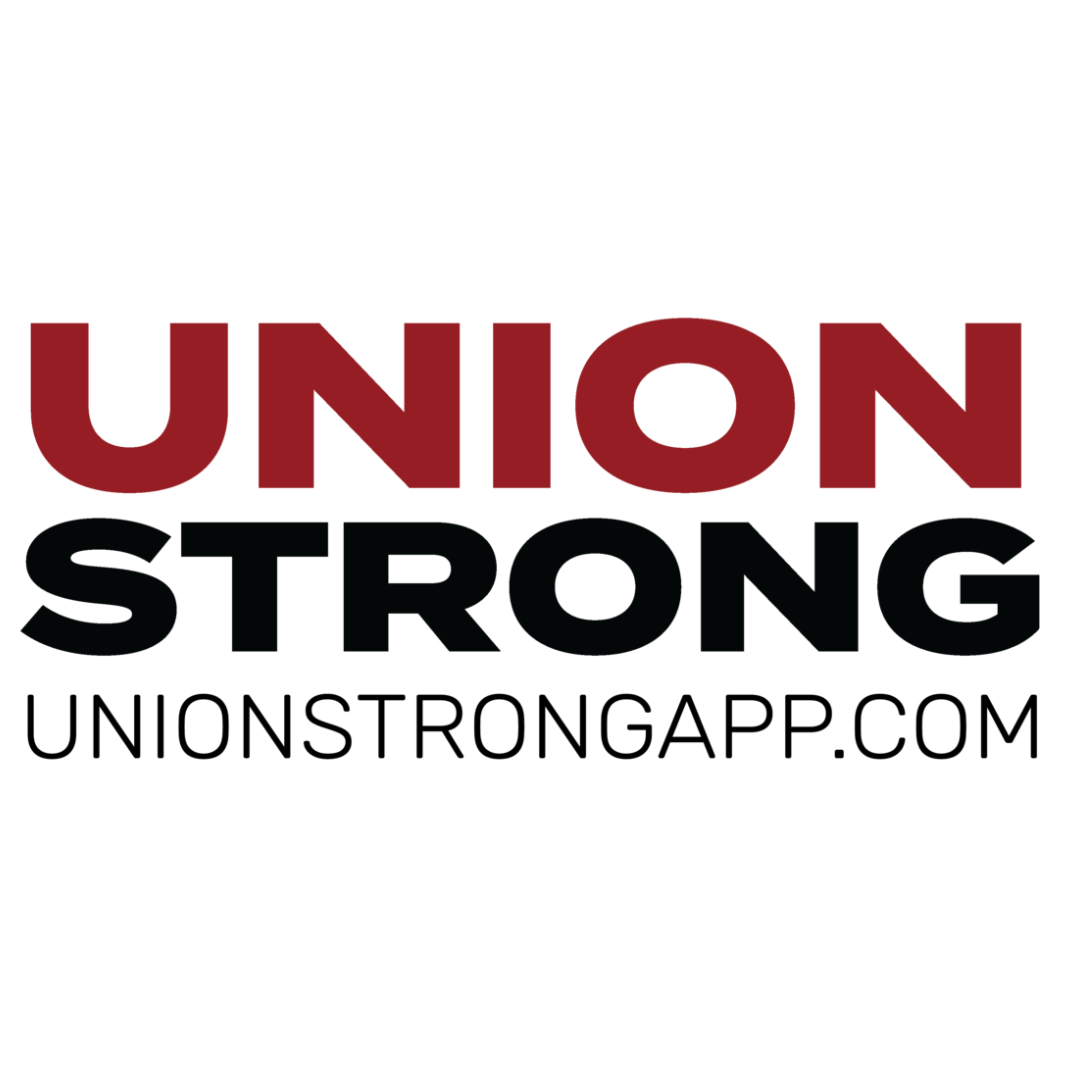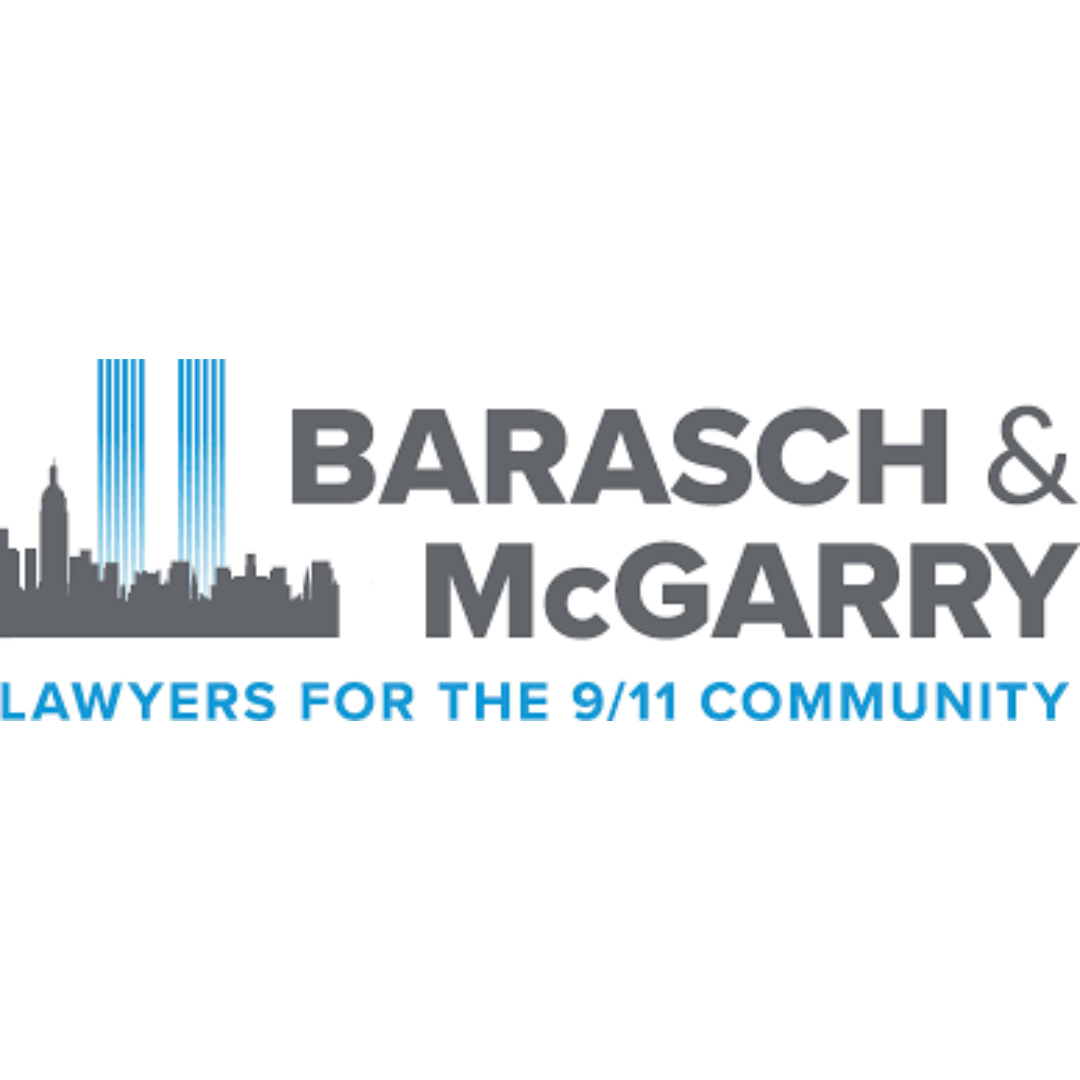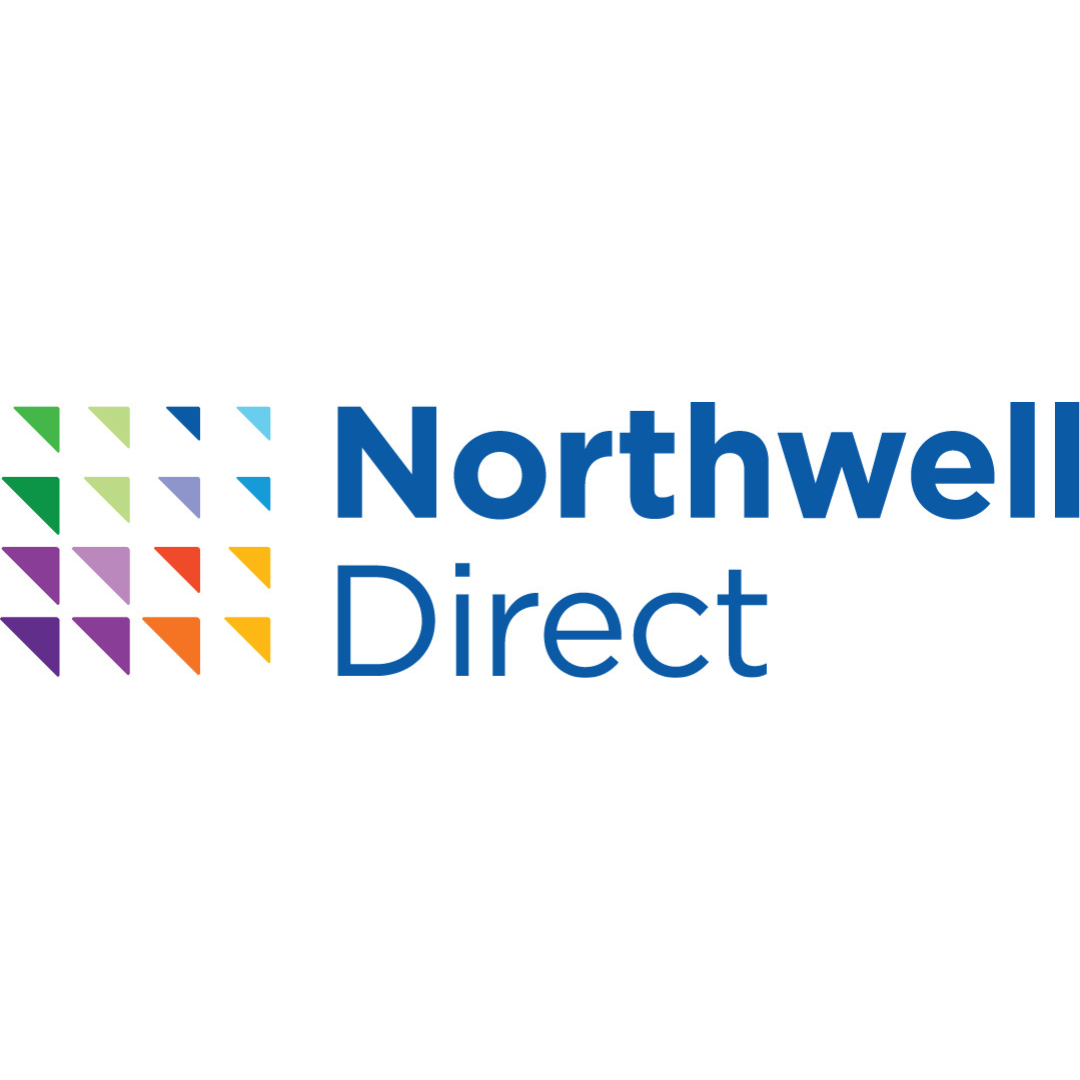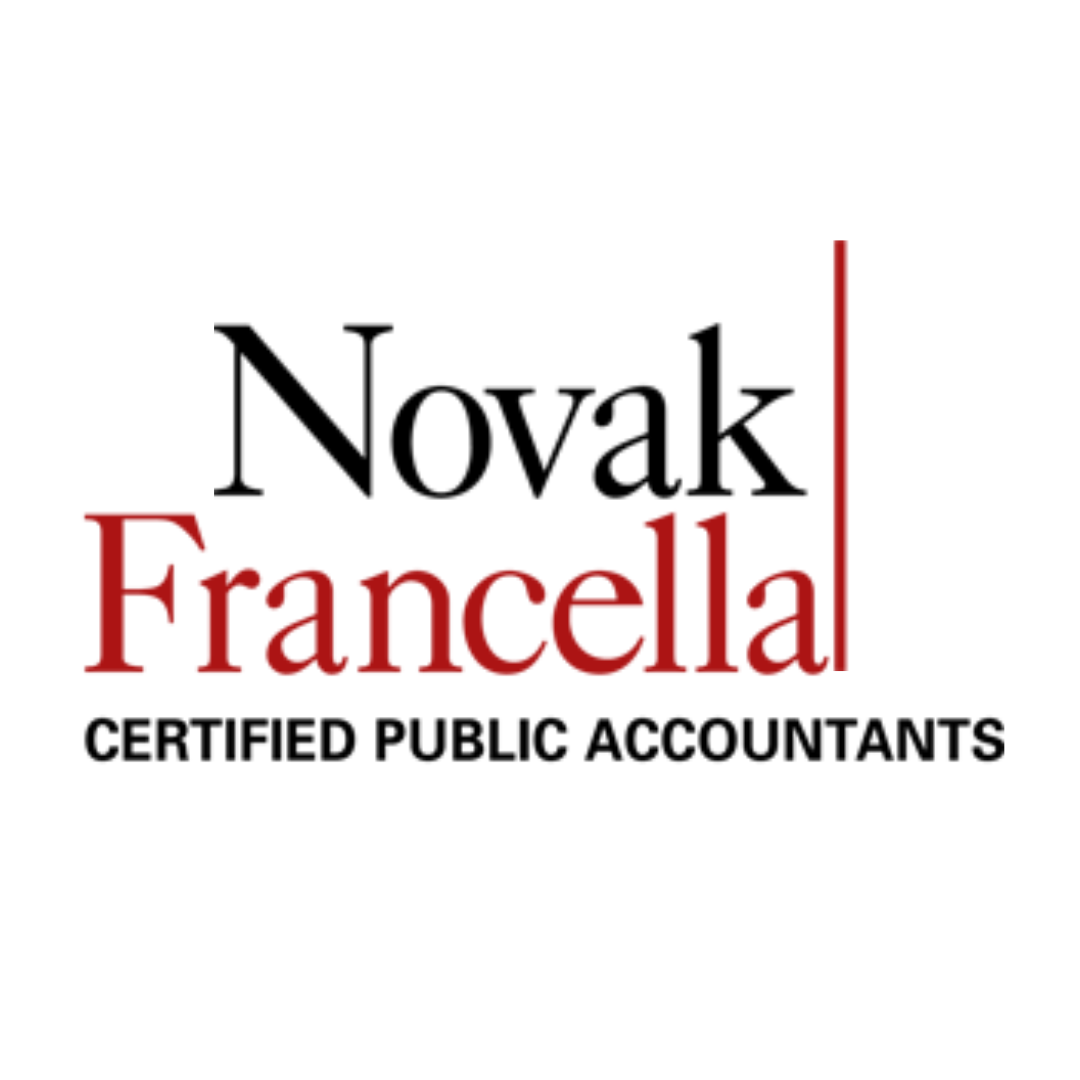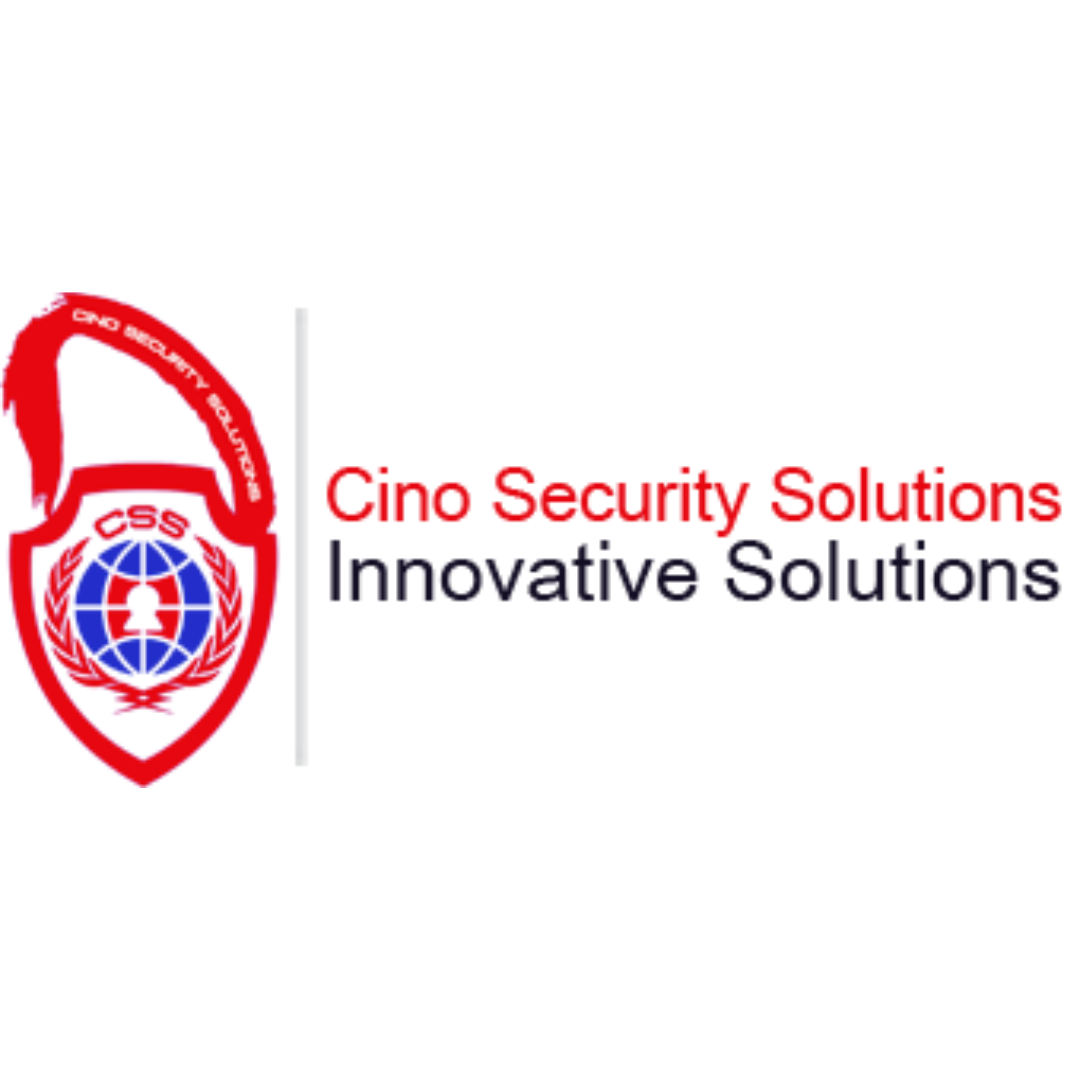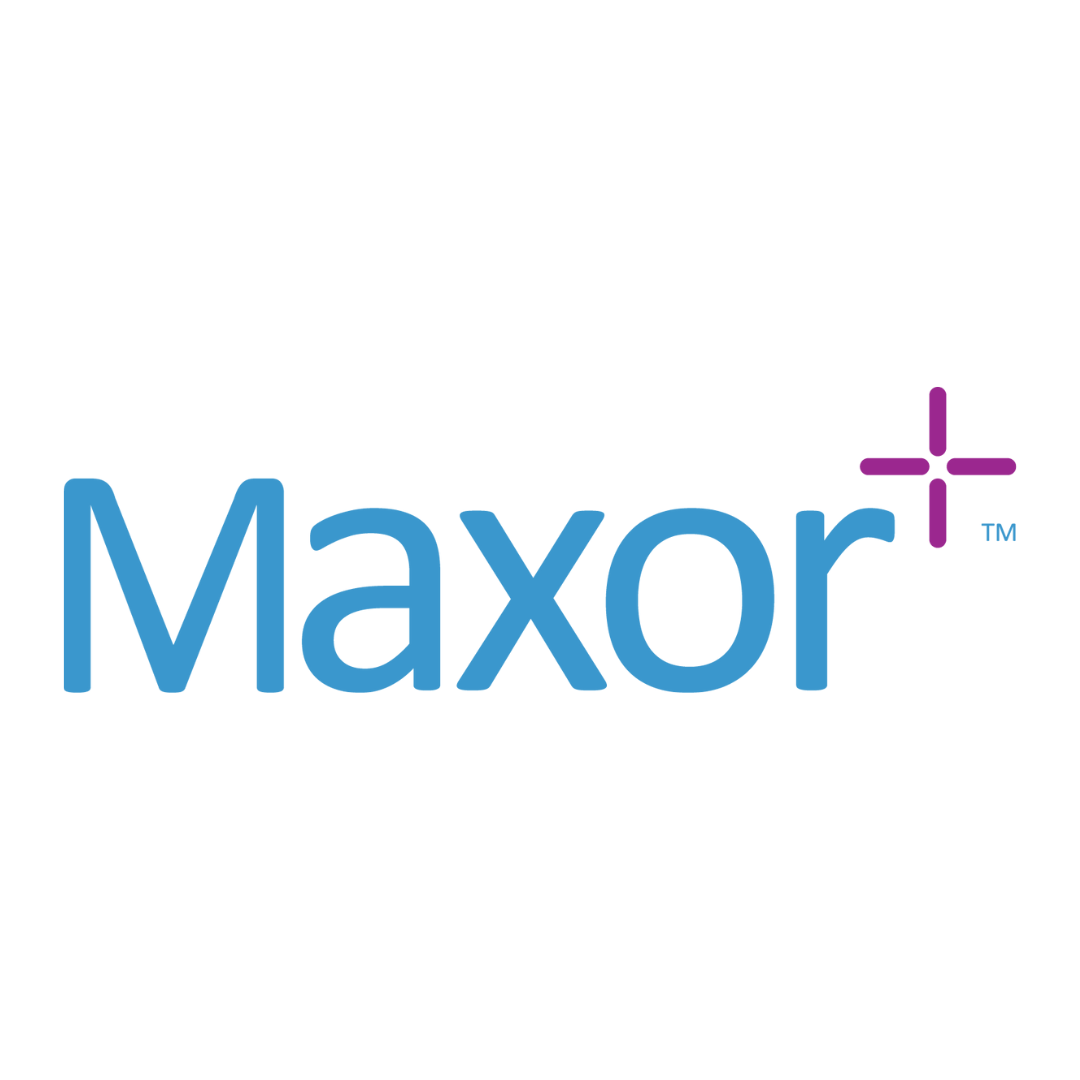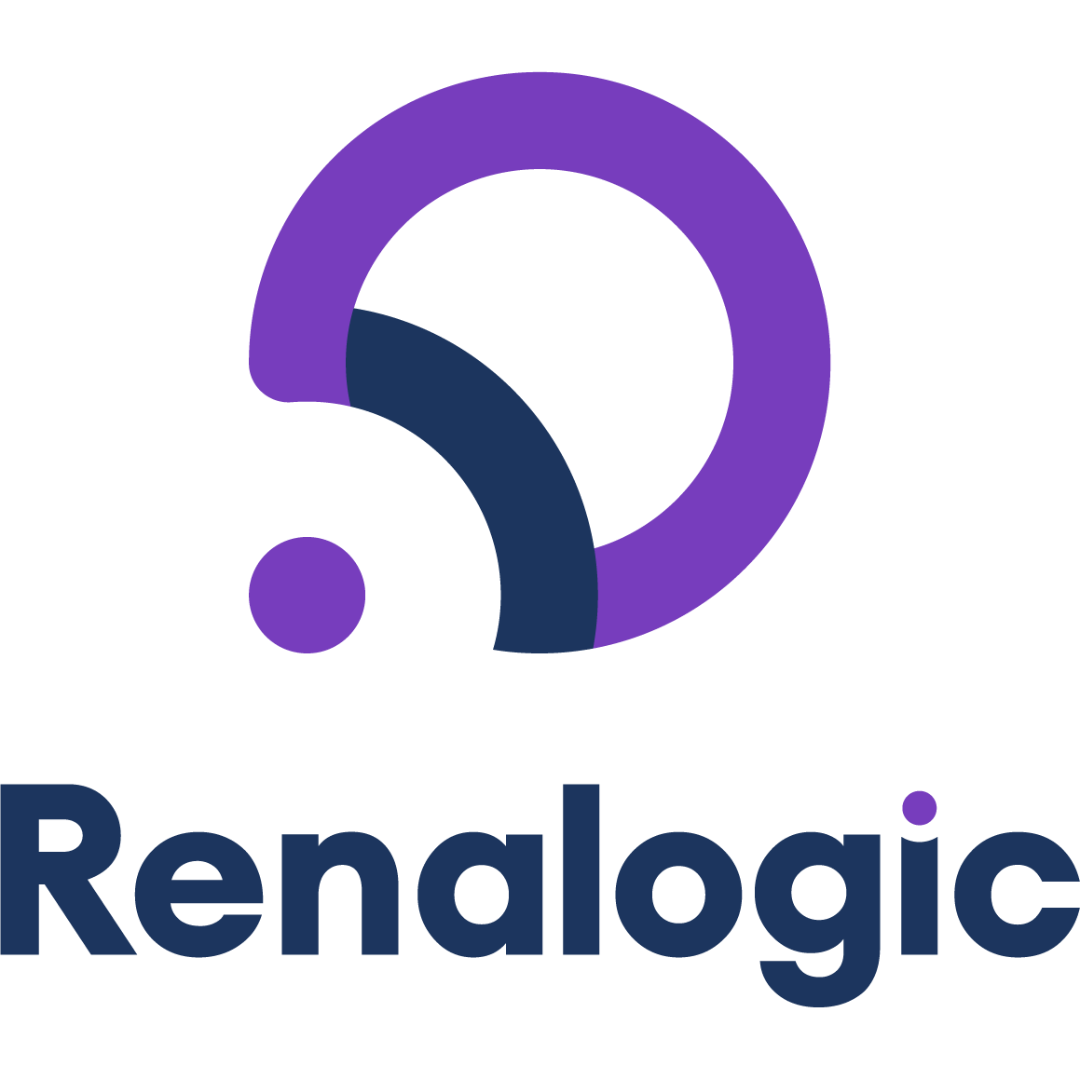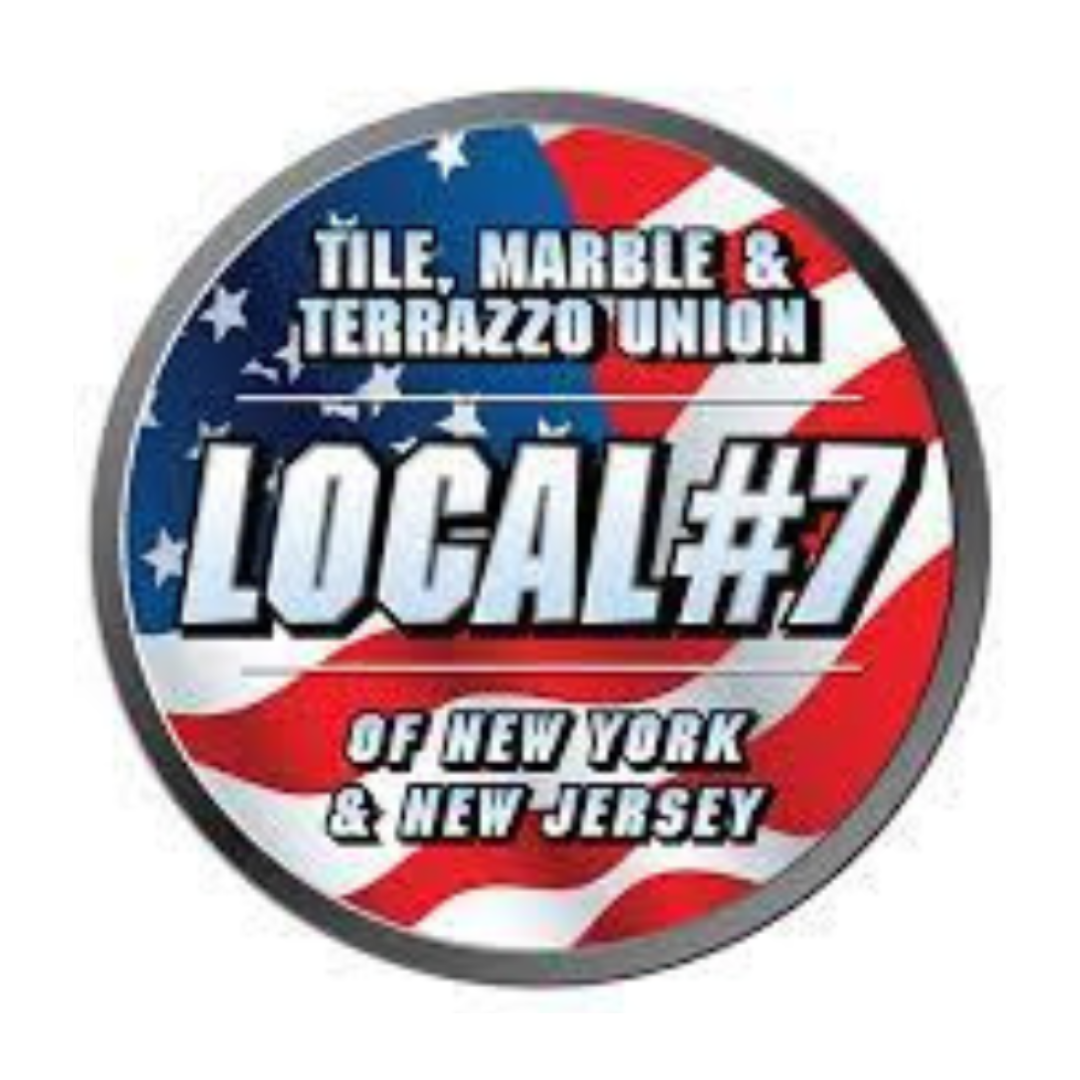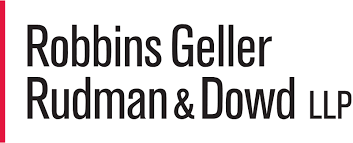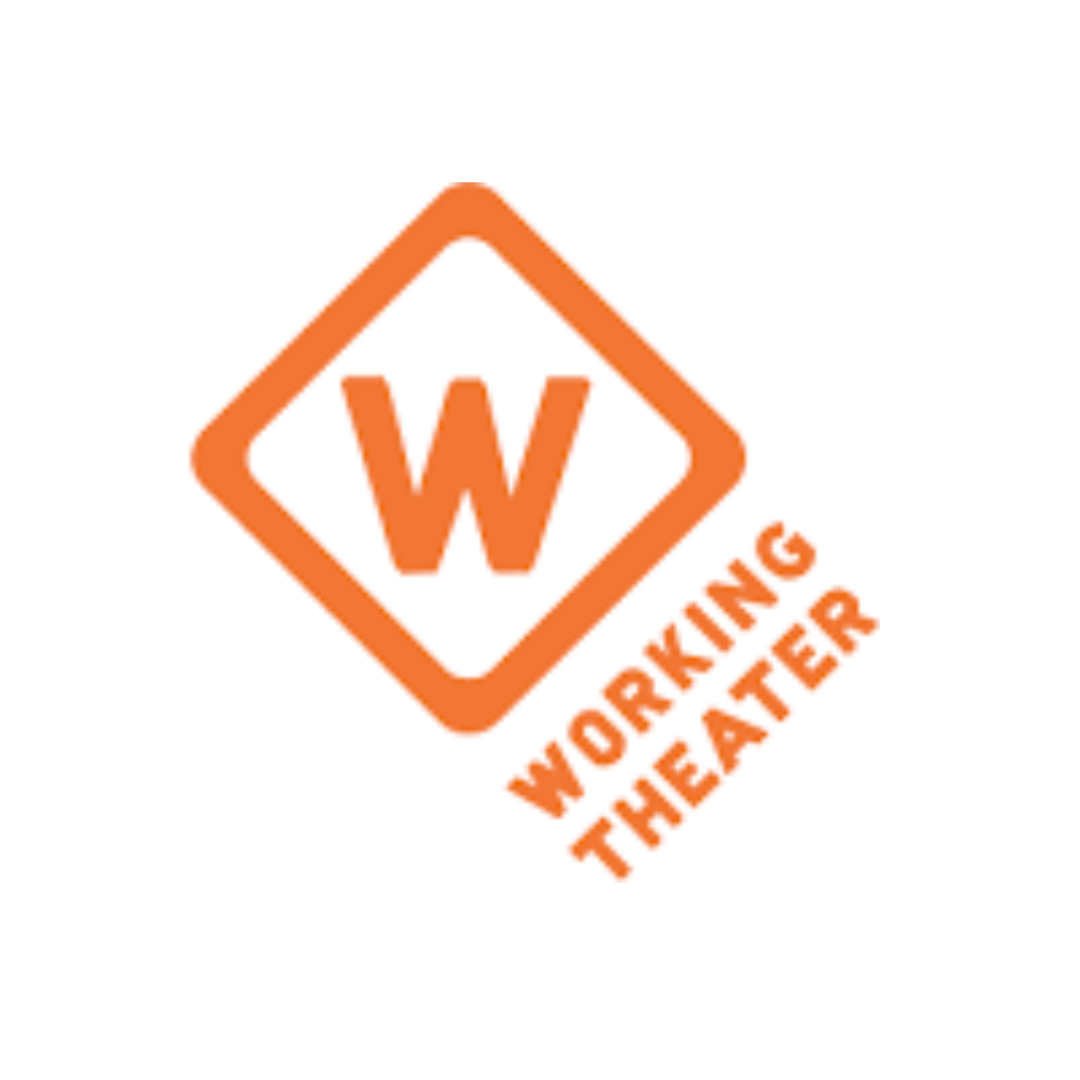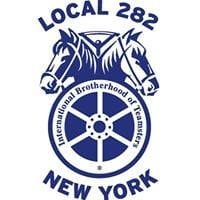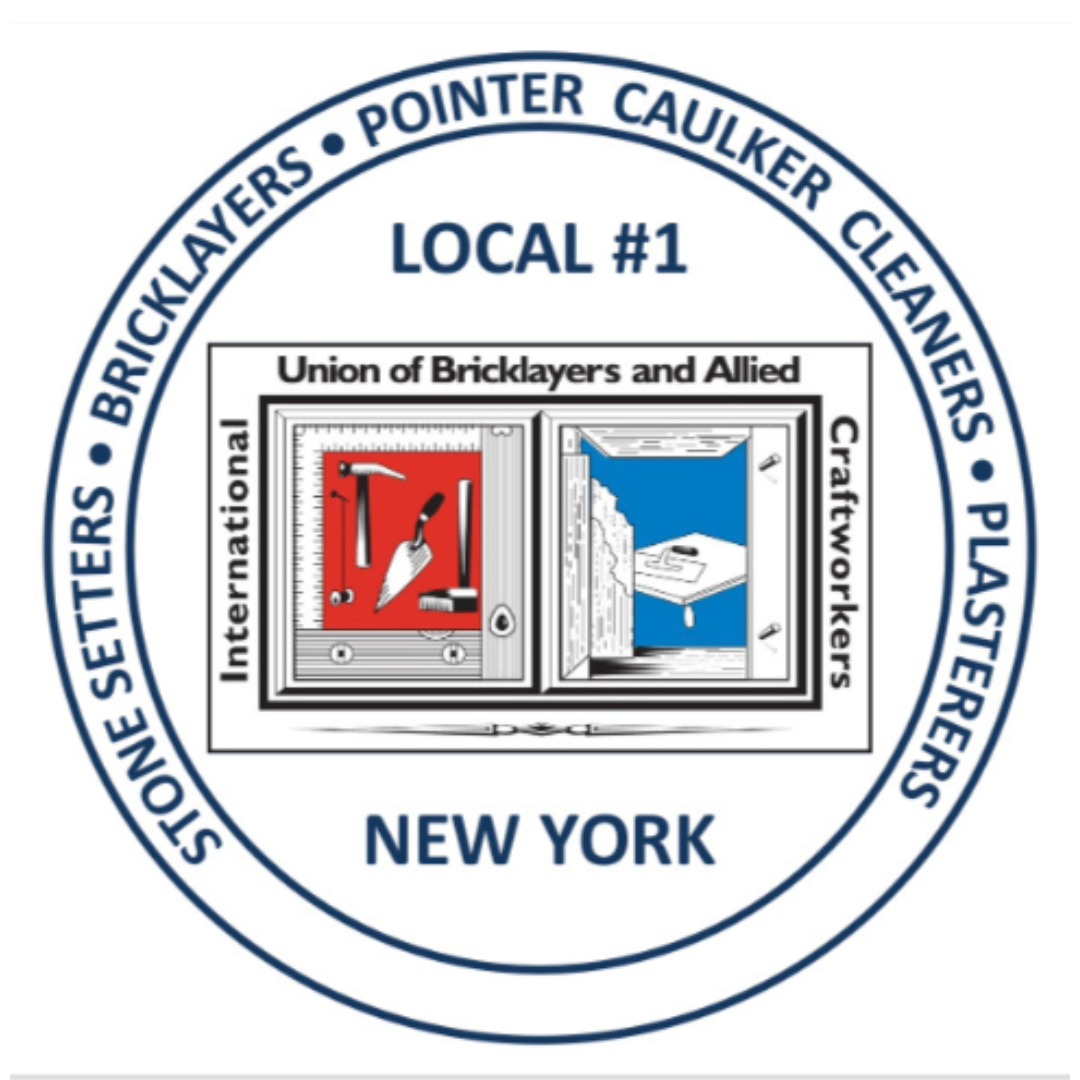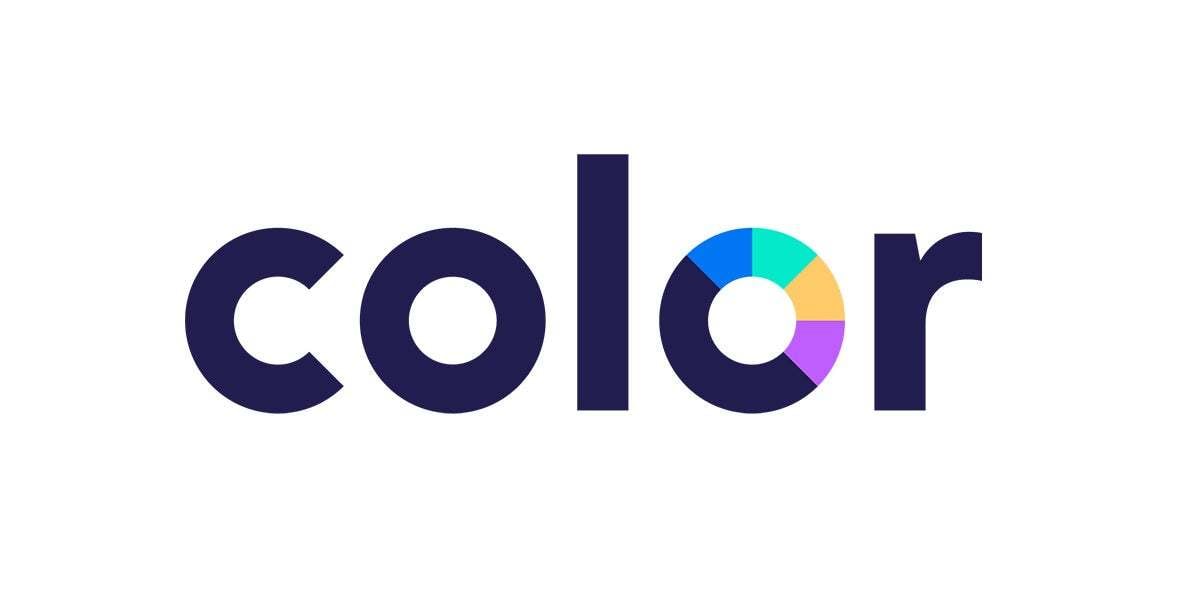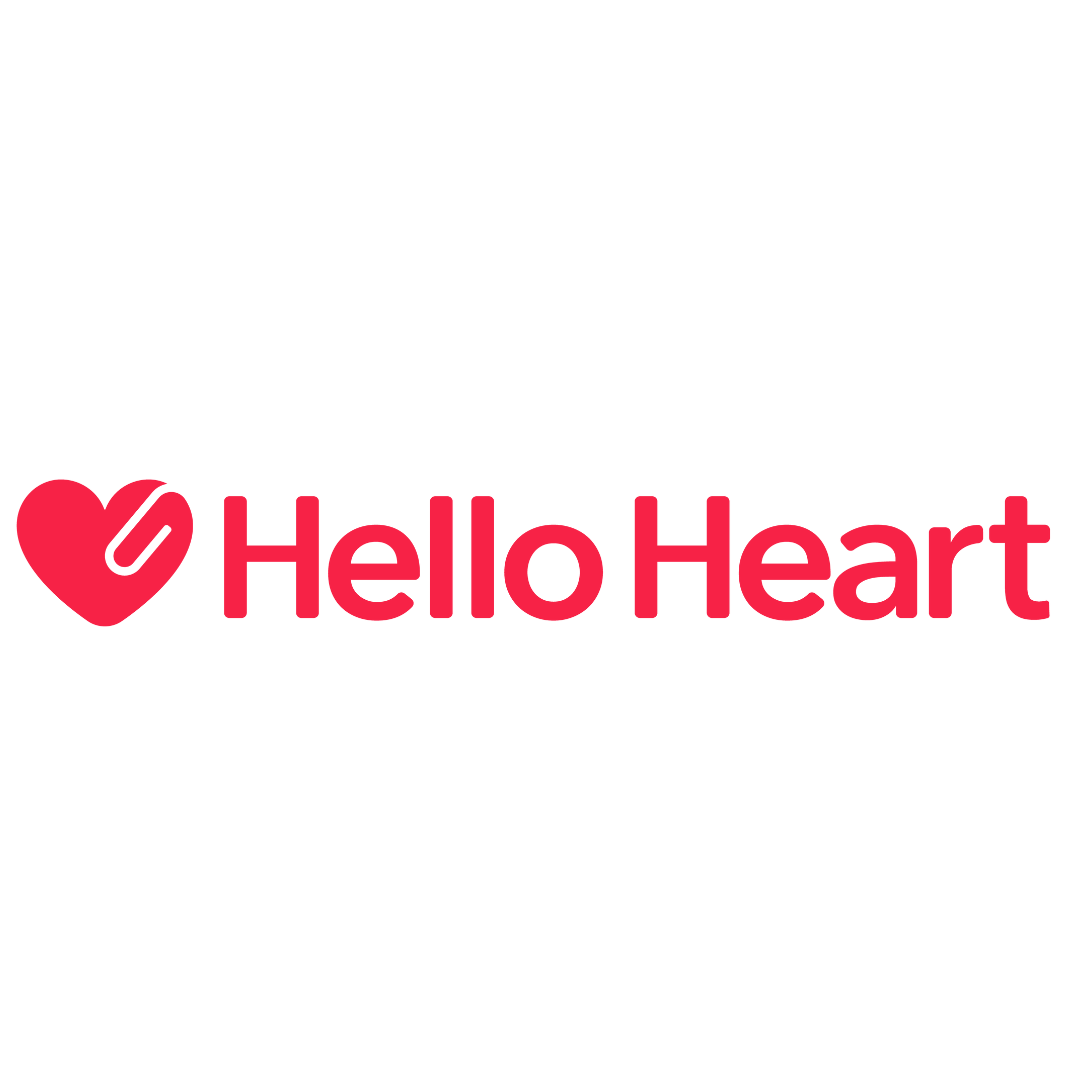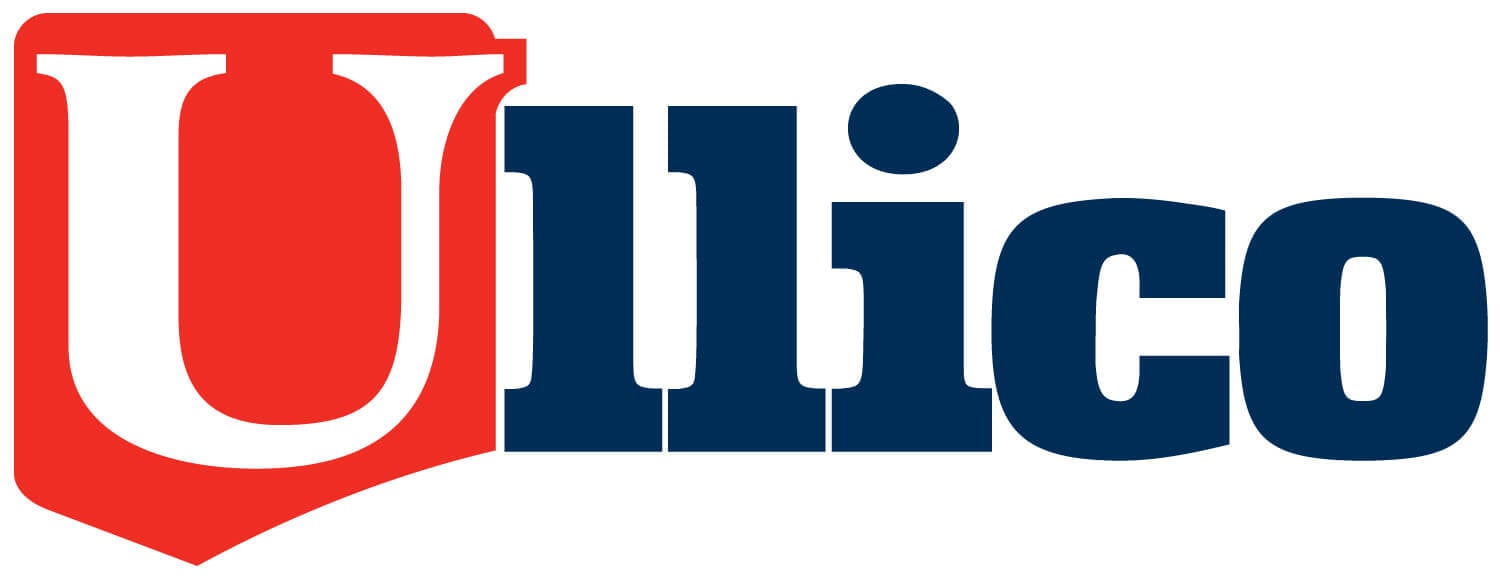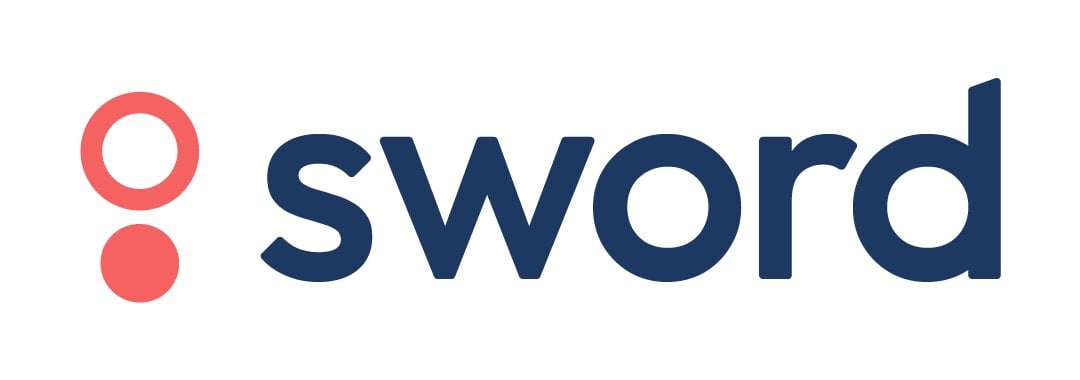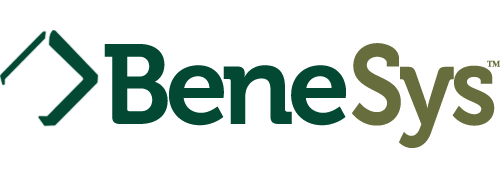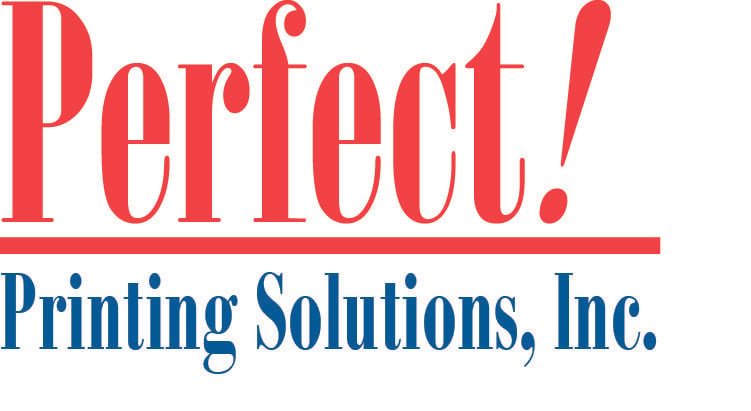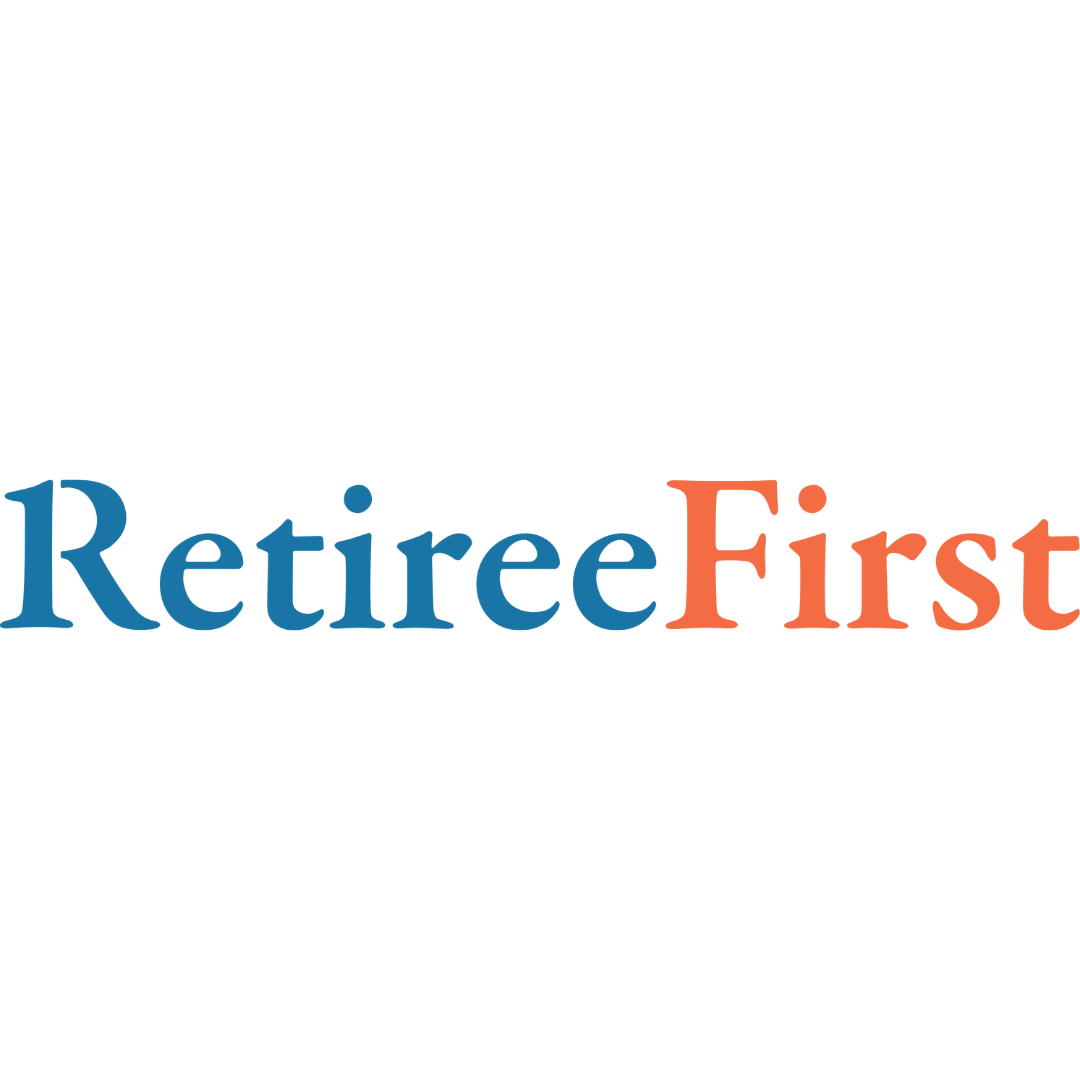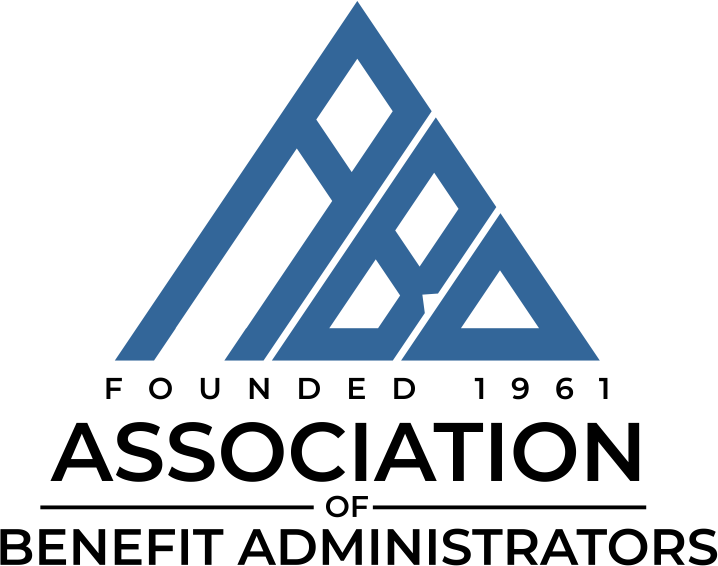Why Men Need To Watch Out for Hypertension & How To Reduce the Risks
June is Men’s Health Month. The goal is to educate, encourage, and inspire men of all ages to prioritize their health, make smarter and safer choices about their wellness, and ultimately live stronger — and in some cases, longer — lives.
And speaking of living stronger and longer: there is an urgent, but for many overlooked or misunderstood, health risk that men need to watch out for: high blood pressure, otherwise known as hypertension.
What is Hypertension?
Hypertension occurs when the force of blood pushing against the artery walls is consistently too high. Over time, this can damage the arteries and the body’s organs, and lead to severe complications including stroke, heart attack, and heart disease.
Heart disease is the leading cause of death for men of most racial and ethnic groups in the United States, including African Americans, American Indians or Alaska Natives, Hispanics, and whites. For Asian American and Pacific Islander men, heart disease is only second to cancer. In 2021, heart disease killed 384,886 men — which is about 1 in every 4 male deaths.
Men at Greater Risk than Women
Hypertension is a top health risk for both men and women. However, several studies have shown that men younger than 65 consistently have higher levels of hypertension compared to women of the same age group. Worsening the problem — and increasing the risk — is that across the age continuum men consistently demonstrate a lower level of awareness, treatment, and control of their hypertension compared to women.
The “Silent” Killer
Symptoms of the common cold include sneezing and stuffy nose. Symptoms of a sunburn include painful, inflamed skin. Symptoms of indigestion include bloating and nausea (and a promise to never, ever eat the “5-alarm chili” again).
And so, it stands to reason that hypertension — which is far more severe than a typical cold, sunburn, or mild case of indigestion — would be linked to several obvious symptoms, correct? Unfortunately, this is not usually the case.
Unlike many other ailments, most of the time hypertension has no obvious symptoms to indicate that something is wrong. For this reason, it is known as “the silent killer.” The World Health Organization estimates that 46 percent of adults worldwide with hypertension do not know they have it.
Of course, some men do, indeed, experience and pay attention to symptoms of heart disease such as:
- Chest pain, chest tightness, chest pressure and chest discomfort
- Shortness of breath
- Pain in the neck, jaw, throat, upper belly area or back
- Pain, numbness, weakness or coldness in the legs or arms
The problem, however, is that far too many of these men ignore the warning signs, because they believe — or in some cases hope — that things will somehow fix themselves. In fact, a survey by the Cleveland Clinic found that 65 percent of men say they avoid seeking medical attention for as long as possible.
“A lot of men tend to put their health on the back burner, and don’t make it a priority,” commented Eric Klein, who conducted the survey and is chairman of the Cleveland Clinic’s Glickman Urological & Kidney Institute. “Men tend to be stubborn about a lot of things, with taking care of their health usually near the top of the list.”
Addressing the Problem
Addressing this problem and helping more men stay on the golf course or tennis court instead of in the hospital (or worse), should be about three fundamental things: learning about the risks, screening blood pressure and monitoring cholesterol, and making heart-healthy lifestyle changes.
- Learning About the Risks
Education efforts should focus on informing men that when it comes to their heart health, “no news” isn’t necessarily “good news,” because as discussed hypertension often has no obvious symptoms. At the same time, it also means urging men who have symptoms to take them seriously vs. ignore them. If the root cause is hypertension, then it is vital to realize the problem will not fix itself, as there is no cure for high blood pressure. However, in most cases it can be controlled through measures such as BP-lowering medication and (as discussed in a moment) suitable lifestyle changes.
- Self-Screening Blood Pressure & Monitoring Cholesterol
A letter to the editor published in EXCLI Journal states: “Self-screening of blood pressure could be an effective and practical intervention to this public health concern. It should be widely practiced, as it would aid the timely identification of hypertension. Although there is a paucity of data on the percentage of young people who undergo self-screening, amongst those involved in the practice, a median of 44 percent of referred individuals found themselves newly diagnosed with hypertension.”
Traditionally, however, an obstacle to self-screening is that it typically must be done at a public blood pressure kiosk, which for many is inconvenient. What’s more, the results from kiosks can be inaccurate due to incorrect cuff size, improper use, and a lack of standardization.
Fortunately, there is now a simpler, better way: as part of their benefits offering, employers can provide their workforce with a digital therapeutic tool that integrates a smartphone app with an FDA-approved Bluetooth-connected cuff. At home, during a break at work, while attending a conference, on vacation — or anywhere else — employees can check and track their blood pressure levels to see how things are right now, and how they are trending over time. At the same time, heart health-focused digital therapeutics drive benefits utilization and engagement — because everyone needs to keep an eye on their blood pressure, including those who are not currently at risk.
In addition, advanced digital therapeutic tools that measure blood pressure also track cholesterol levels. This is important, because while the body requires cholesterol to build health cells, high levels of cholesterol can increase the risk of heart disease. Individuals receive alerts reminding them when it is time to get tested, as well as easy-to-understand explanations of their lipid panels, which measure cholesterol and triglyceride levels. This is notable, because many people find it difficult to understand their cholesterol numbers from a lipid panel test.
It should be added that turning confusion into clarity is not just a matter of comfort — it can have a significant positive impact on results. A systematic review of medical literature focusing on the effect of using apps to communicate with patients concluded that “educating patients with timely medical information through their smartphones or tablets improves their levels of knowledge, medication or treatment adherence, satisfaction, and clinical outcomes, as well as having a positive effect on health care economics.”
- Making Heart-Healthy Lifestyle Changes
The adage “an ounce of prevention is worth a pound of cure” applies here. Men could potentially lower their risk of heart disease, stroke, and other serious ailments linked to hypertension (such as cancer, dementia, and chronic kidney disease) through lifestyle changes including:
- Lose weight: systolic blood pressure drops by 5-20 points for every 20 pounds of excess weight loss.
- Beware of what the American Heart Association refers to as “The Salty 6,” which are half a dozen common foods that can contain surprisingly high levels of sodium: bread and rolls; pizza; sandwiches; cold cuts and cured meats; soups; burritos and tacos. Excess sodium makes the body hold onto water. Excess sodium puts added pressure on blood vessel walls, which raises blood pressure.
- If cold cuts and tacos need to be dialed back, what should replace them? Experts say foods that can lower blood pressure include: leafy greens (the potassium helps flush sodium out of the body); blueberries, blackberries, and strawberries (contains anthocyanin, which is a natural compound that can help artery walls become wider and more flexible); yogurt (contains calcium, which helps blood vessels tighten and relax as they should); oily fish such as mackerel and sardines (rich in omega-3s, which are fatty acids that boost heart health); pumpkin and flax seeds (contains magnesium, which helps relax blood vessels and control blood pressure); and olive oil (contains polyphenols, which improve blood vessel health and help them stay elastic).
- Get active! The Physical Activity Guidelines for Americans recommends that adults get at least 2.5 hours of moderate-intensity exercise, such as brisk walking or bicycling, every week. That is about 30 minutes a day, 5 days a week.
- “Butt out”: smoking raises blood pressure. Individuals should speak with their doctor for advice and support to end the addiction (it is not merely a habit and should not be viewed as such by smokers or non-smokers).
- Limit alcohol consumption. The American Heart Association recommends that men limit their alcohol consumption to two drinks per day, and women limit their alcohol intake to one drink per day (a drink is considered one 12 oz. beer, 5 oz. of wine, 1.5 oz. of 80-proof spirits or 1 oz. of 100-proof spirits).
- Find simple ways to manage and minimize stress. Penn Medicine suggests reframing one’s mindset, avoid (or at least try and minimize) stress triggers, practice gratitude, taking the time to relax, and looking for opportunities to incorporate small moments of enjoyment throughout the day.
Some digital therapeutic tools that enable blood pressure self-screening and cholesterol level tracking also deliver personalized lifestyle coaching, which includes (and goes beyond) the advice discussed above. The coaching is driven by an AI and machine learning engine, which “gets to know” individuals based on their profile, concerns, and goals.
Multiple studies have shown clear evidence that lifestyle changes can have a favorable effect on the prevention and treatment of hypertension. And if the term “lifestyle changes” is a bit daunting and intimidating for some: there is no need to worry. Even small, simple, and easy changes can have a surprisingly big impact. For example, an analysis of 6,000 users of Hello Heart’s digital therapeutic tool found that adding just 34 minutes of walking per week — which is about five minutes per day — was associated with an 8.7 mm Hg decrease in systolic blood pressure.
The Final Word
Hypertension, which can lead to heart attack, stroke, and heart disease — along with several other serious illnesses and conditions — is a major health concern for men; especially those under 65. Learning about risks, using digital therapeutics to monitor blood pressure and track cholesterol levels, and getting personalized coaching to make heart-healthy choices, can all play a role in helping men lead stronger, longer lives.

